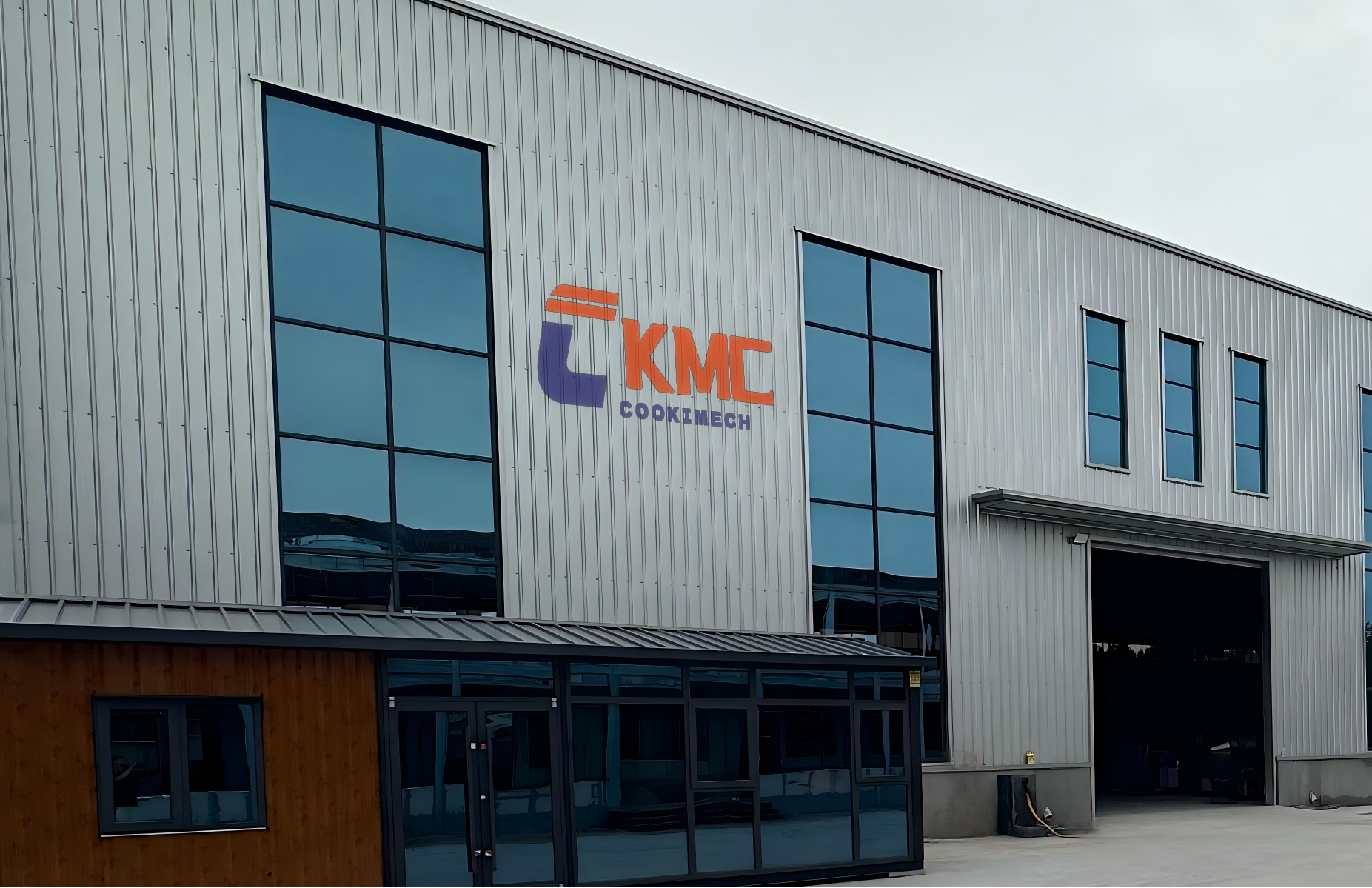No. 1, Hujiagou, Zhucheng City, Weifang City, Shandong Province,China +86-15814571173 [email protected]

Boost Productivity & Innovation: The Expanding Role of an Industrial Food Grinder
An industrial food grinder serves as a foundational engine for modern food processing, delivering unmatched efficiency in primary size reduction. Its core application lies in transforming bulk raw materials into consistent, usable textures—from grinding meats for sausages and burger patties to pulverizing fruits and vegetables for sauces, purees, and baby food. This machine is equally critical in the grain and legume sector, processing ingredients into flours, meals, and food bases. By automating this essential first step, facilities achieve massive gains in throughput, ensure uniform product quality, and maintain stringent hygiene standards, directly impacting scalability and bottom-line profitability.
The versatility of an industrial food grinder makes it a powerful catalyst for product diversification and market responsiveness. It is indispensable for creating value-added goods, enabling manufacturers to produce everything from fine nut butters and specialty spreads to coarse plant-based protein blends and dried fruit fillings. This adaptability allows businesses to quickly pivot and capitalize on consumer trends, such as the demand for gluten-free alternatives, vegan products, and clean-label ingredients. The ability to process a wide spectrum of materials—including bones for calcium supplements or food waste for animal feed—further unlocks new revenue streams and promotes a circular economy within the production facility.
Investing in an industrial food grinder is a strategic decision that enhances long-term operational sustainability and resource optimization. Modern grinders are designed for seamless integration into automated production lines, significantly reducing labor costs and minimizing human contact for improved food safety. They play a pivotal role in waste reduction and by-product valorization, efficiently converting trimmings, off-spec produce, and other raw material by-products into profitable ingredients for pet food, flavor concentrates, or compost. Ultimately, this machine is not just a piece of equipment—it's a multifunctional asset that future-proofs operations by enabling efficient, adaptable, and sustainable food production for a competitive global market.
